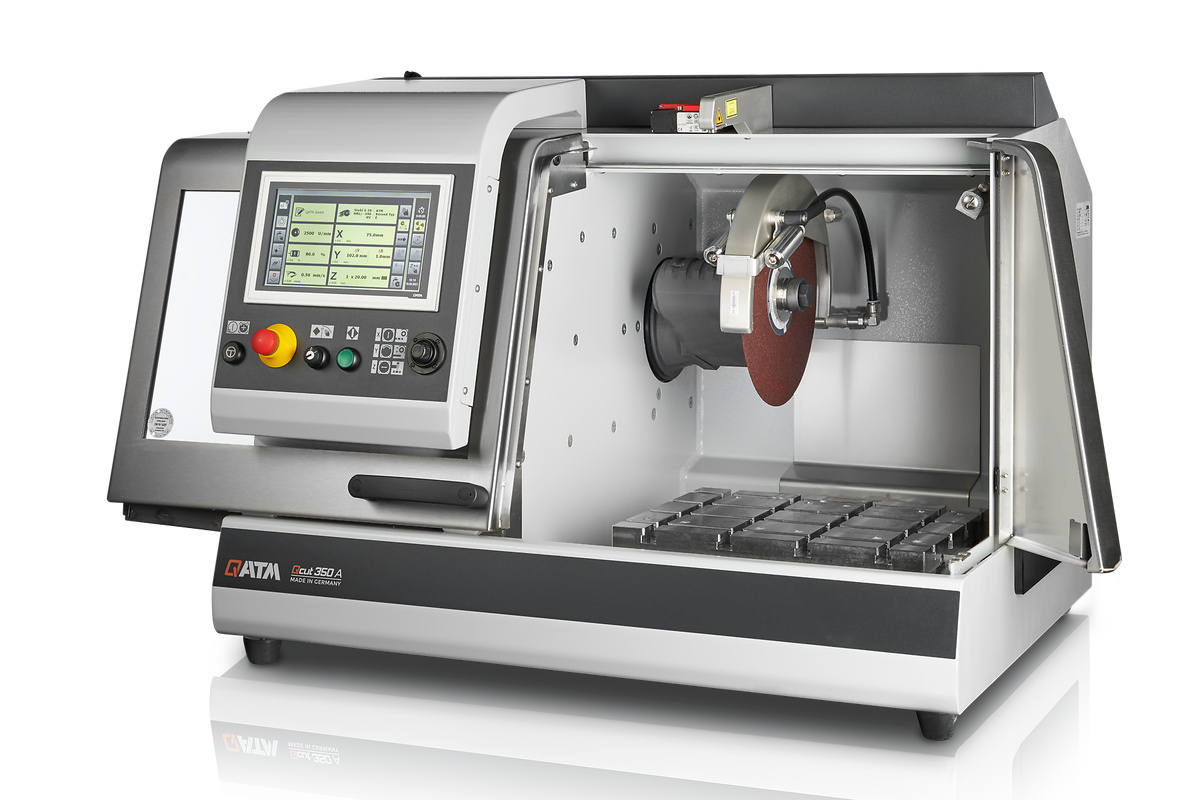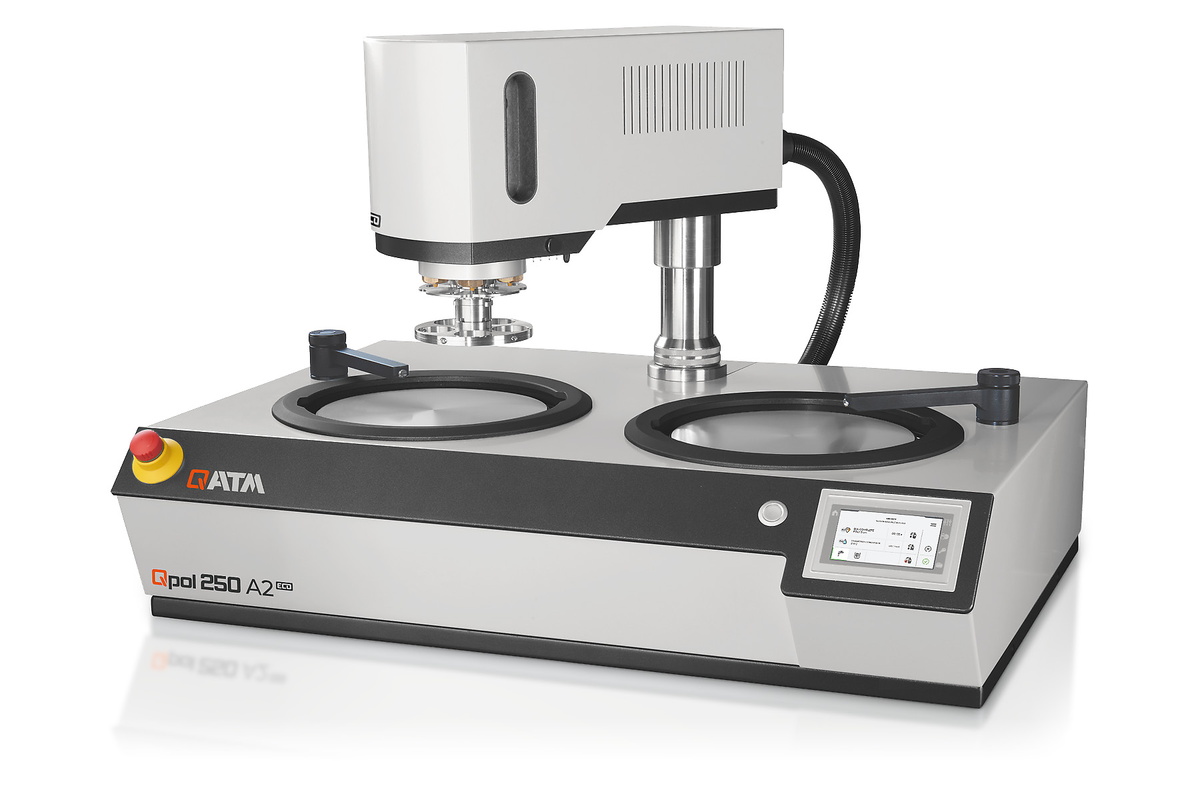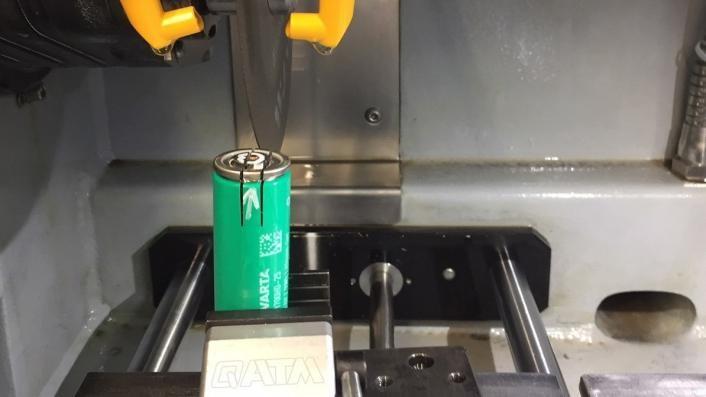
Lithium - Ion battery sample preparation method
14:51 - 23/05/2023
Lithium metal oxide particles are subjected to metallographic preparation and examined by light microscopy and scanning electron microscopy with EDX detector to investigate their size and chemical composition.
The process of preparing Lithium - Ion battery samples for microscopy and scanning electron microscopy includes 3 steps:
Sample cuttin
1. Using QATM's Qcut 350A sample cutter to cut Lithium - Ion batteries
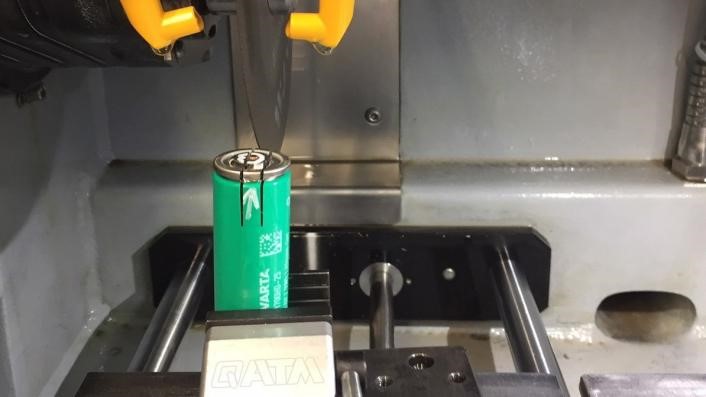 | Lithium - Ion battery cutting can vary depending on the desired outcome. Cut-off machines can be used for sectioning the battery casing to take the whole jelly roll out, or for cutting the whole battery with casing and electrodes, while a scalpel is suitable for sectioning only the electrode foils. |
2. Sample mounting process by QMOUNT cold mounting machine of QATM
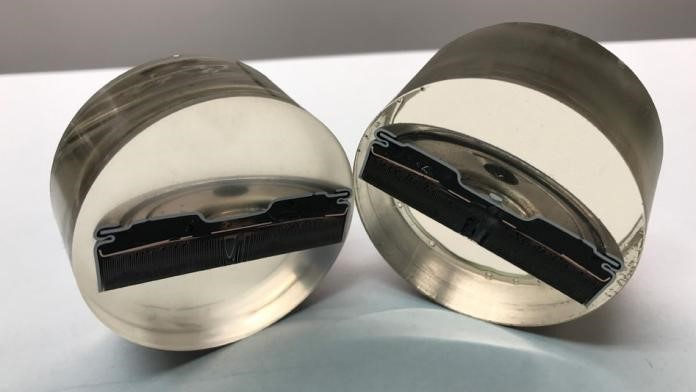 | Mounting Lithium-Ion batteries involves different techniques depending on the components being handled. The casing and spot weld can be hot mounted in some cases, but the electrodes require cold mounting due to their sensitivity to temperature and pressure. Mounting can be performed before cutting to ensure foils and other components remain in the sample. It can also be done after cutting to prepare the sample for grinding and polishing. To prevent gaps between the mounting materials and the sample during cold mounting, it is recommended to use mounting materials with minimal volume shrinkage and polymerization temperature. For mounting Lithium - Ion batteries, the epoxy-based cold mounting materials QATM KEM 90 and KEM 92 are the best choices due to their low polymerization temperature of 60°C and 35°C, respectively, and minimal gap formation. |
3. The process of grinding and polishing Lithium - Ion batteries samples
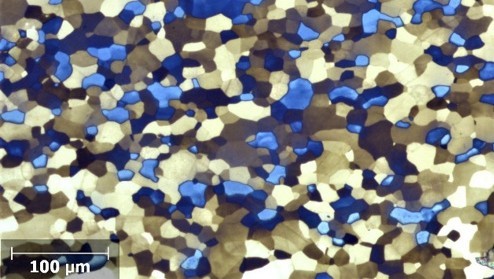 | Grinding and polishing can be done on different parts of Lithium - Ion batteries. Sometimes the casing should be prepared and examined under light microscopy or SEM (also with EBSD detector), in other cases the electrodes or spot welds should be prepared. The cap of the Lithium - Ion battery is in many cases low carbon steel with Ni-coating. The image shows the cap of a Lithium - Ion battery after 1 µm polishing and etching with Klemm I. For powering certain devices, large battery packs consisting of multiple lithium-ion cells connected in parallel-series configurations are required. A robust and flawless spot weld is a critical concern for many industries, like aerospace. The other important parts of Lithium - Ion battery are electrodes. The anode is often a copper foil coated on one or both sides with graphite, and the cathode is in many cases an aluminum foil coated on one or both sides with metal oxide particles (for example LiNiMnCoO2 particles)
|

